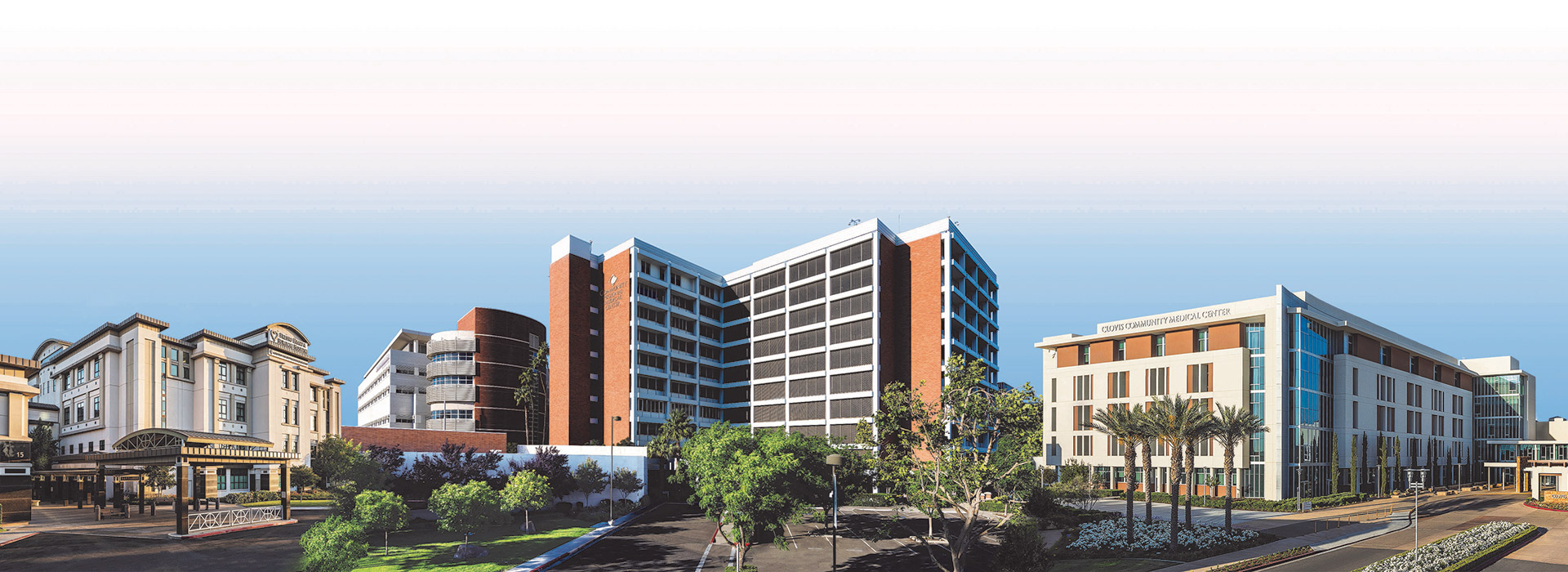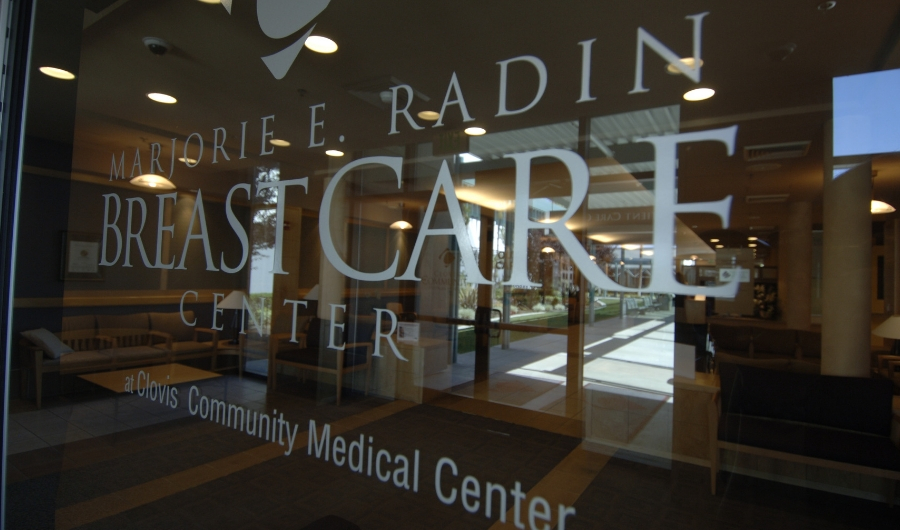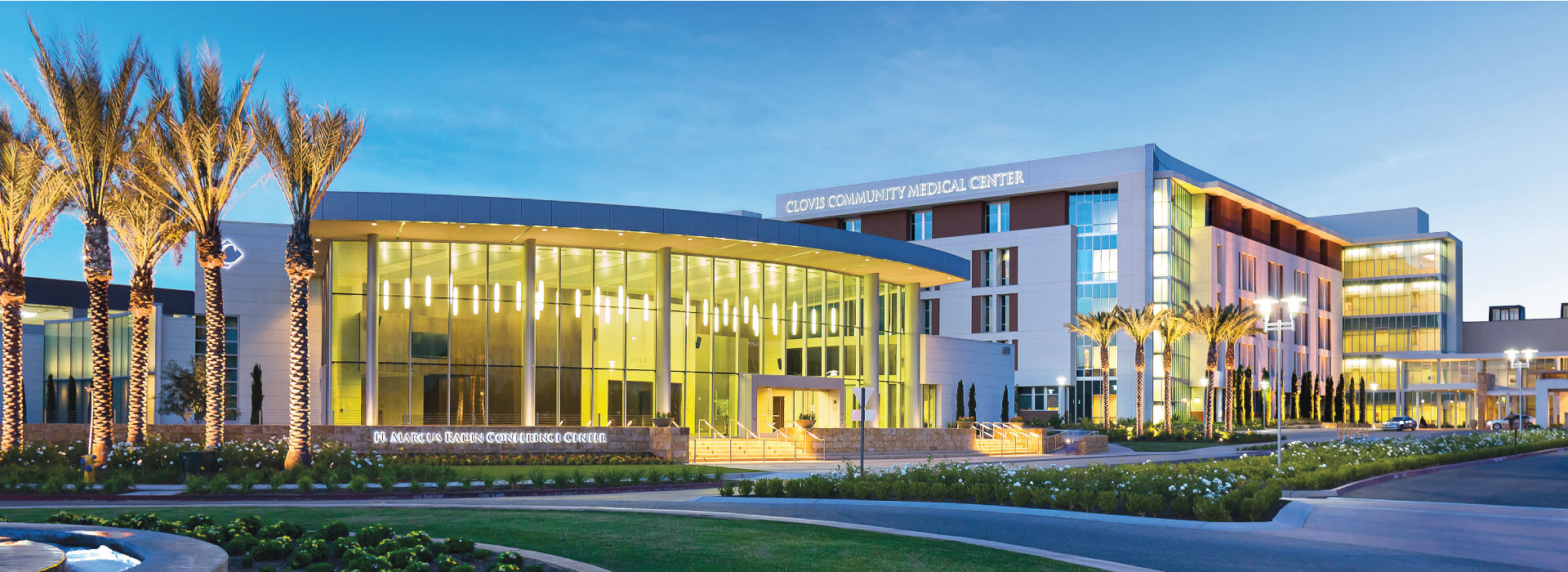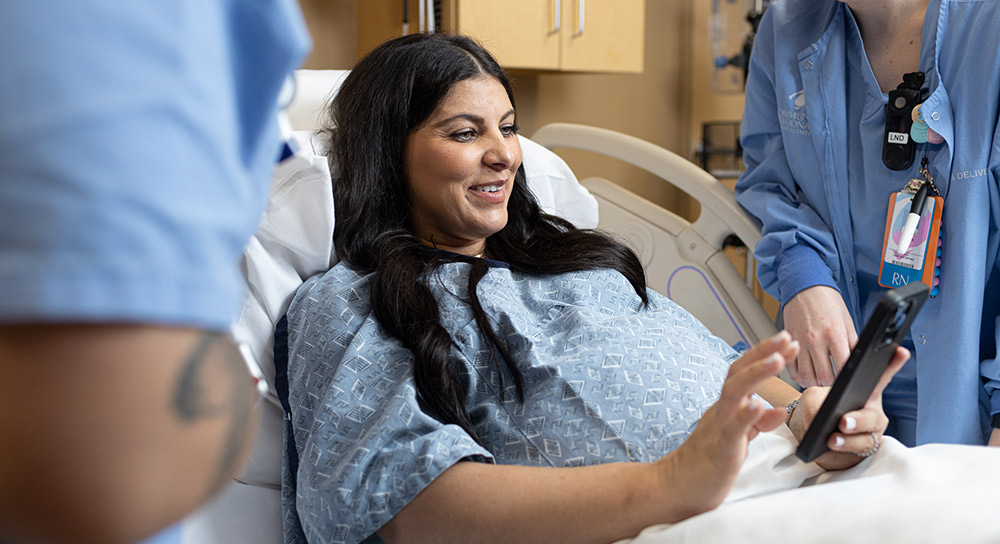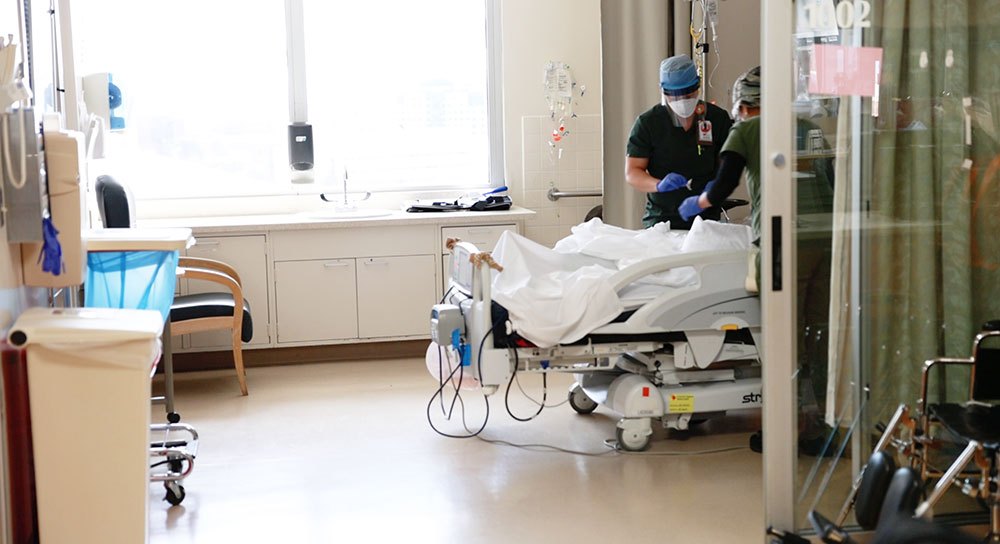For years, Terry McMurtrey put off her mammogram because she had no family history of breast cancer. She waited six years between mammograms. Then the day before her mammogram at Clovis Community Medical Center’s Marjorie E. Radin Breast Care Center, she felt something in her left breast.
No time to waste
The mammogram confirmed that something was amiss in her left breast. McMurtrey soon followed the mammogram with a breast ultrasound to get a more complete look and then a biopsy at the Radin Breast Care Center.
“I was praying that it wasn’t malignant,” McMurtrey said. But the tests confirmed her worst suspicions.
At 55-years-old she was diagnosed with breast cancer. Doctors said the mass was large, but hadn’t yet spread to her lymph nodes. McMurtrey knew she had to act fast.
“I was stunned when I first got the diagnosis,” said McMurtrey. “Just hearing 'cancer' was strange and unexpected.”
Meet the ‘Bridge’
After McMurtrey’s diagnosis, Beverly McCann, RN, was the person who helped her get through the whole process.
McCann is a fixture at the Radin Breast Care Center – a comprehensive and certified breast cancer center of excellence where women can have both screening and diagnostic mammograms, ultrasound, biopsy, and breast MRIs. She’s the personal nurse coordinator who acts as a bridge for patients – helping them travel through the healthcare system from initial diagnosis, through doctor visits and oncology treatments.
 “Cancer interrupts your busy life, and you have to figure out how to fit it in,” said McCann. “Everybody has concerns, not only for their health, but their family, finances and workplace. We help them look at their resources and how they can manage to get through this – and they do. They do well.”
“Cancer interrupts your busy life, and you have to figure out how to fit it in,” said McCann. “Everybody has concerns, not only for their health, but their family, finances and workplace. We help them look at their resources and how they can manage to get through this – and they do. They do well.”
“Even after her part was done, I kept in touch with her,” said McMurtrey. “If I had a question all I had to do was email or call, and if she didn't have the answer she would find out and get back to me. Bev is a valuable asset to the Radin [Breast Care] Center process, and I am grateful that she was there to help me.”
As the bridge between a woman and her care, McCann follows up and answers any questions. She confirms they get connected with the doctor’s office they’ll see first and outlines their ongoing schedule. McCann makes sure they have their first oncology appointment, surgery date, chemotherapy and additional testing if needed. After that, she calls the patient from time to time to check on them – making sure things are going smoothly.
“Patients have one phone number they can call if they have problems, questions or concerns. And I often will tell them, ‘Hey just call me and let me know what’s going on.’ Some people need that more than others. Some I hardly hear from. Others we spend a lot of time with, helping them overcome the barriers to treatment. I get to know people and really like that. It’s one of the best parts of my job,” McCann said.
A Team Approach to Treating Breast Cancer
 McCann is an integral part of the Radin Breast Care Center’s team approach – its multidisciplinary conference and clinic – which gives patients who’ve been diagnosed with breast cancer access to an array of physician specialists and highly trained radiologists, technologists and nurses – all in one place, all at one time. Here’s how it works:
McCann is an integral part of the Radin Breast Care Center’s team approach – its multidisciplinary conference and clinic – which gives patients who’ve been diagnosed with breast cancer access to an array of physician specialists and highly trained radiologists, technologists and nurses – all in one place, all at one time. Here’s how it works:
Every Friday physicians meet in the Radin Breast Care Center and review each patient’s imaging and pathology results. Next, McCann gives a summary of each patient’s overall health history. Doctors and other clinicians then have a roundtable discussion of treatment options for each patient. This is the multidisciplinary conference.
“It gets all of the information out on the table at one time,” McCann said.
Later Friday afternoon patients arrive at the center and go to exam rooms to meet with each member of the multidisciplinary team for the clinic portion. Patients see a:
-
Breast surgeon - to explain surgical options
-
Medical oncologist - the doctor who treats cancer with medication (chemotherapy or pills) and follows up with the patient for 10 years
-
Radiation oncologist - the physician who specializes in treating cancer using radiation
-
Geneticist - to determine if genetic testing is appropriate
-
Social worker - to help address any fears a patient may have and identify resources
-
Nurse coordinator - to help with scheduling and managing appointments, coordinating care and education
“The cancer treatment continuum can be pretty confusing, particularly with a new diagnosis,” said McCann. “So the team approach speeds up the process for the patient. It also gives them a resource to sort through the information they’re given. Because it can be so overwhelming, once everything’s out on the table, we can help the patient take a step back and concentrate on that first step.”
McCann sits with each patient after they’ve met with all the doctors, and she answers their remaining questions. She reviews their plan of care and makes a point of talking about their first step and how it will happen.
McMurtrey’s experience is an example of the power of McCann’s role as nurse coordinator. From a life-saving mastectomy at Clovis Community, to finding the right wig during chemotherapy at the California Cancer Center, McCann stood by McMurtrey’s side through each phase of treatment until she was cancer free.
McMurtrey says, “I feel stronger and more confident now that I’ve beat this. Happier in a lot of ways, with more perspective.”
To schedule a breast screening appointment at the Marjorie E. Radin Breast Care Center call (559) 324-4444.
Risk Assessment Screening Program |
| The Risk Assessment Screening Program at the Marjorie E. Radin Breast Care Center helps women evaluate their breast cancer risk. The nurse coordinator and genetic counselor provide: |
| Breast cancer risk assessment - Women who haven’t had breast cancer but have a strong family history of it may carry the gene mutation that predisposes them to developing breast cancer. We “plug in” data about the patient and their family history to calculate their risk of being a gene carrier. If the risk is high, gene testing can be offered. |
| Genetic counseling and testing |
| Personalized screening and prevention plan |
| Referrals - to breast care specialists in collaboration with a patient’s primary care provider |
Technology Terms: |
| State of the art technology used at the Marjorie E. Radin Breast Care Center at Clovis Community Medical Center: |
| Digital Mammography: Breasts are compressed between a plastic paddle and digital detector that converts the energy of X-rays, briefly passing through the breasts, into a black and white picture of their internal appearance. Digital pictures have replaced film for storage and allow the reviewing doctor to use electronic tools to improve evaluation. |
|
Tomosynthesis (3D mammography): This type of digital mammography uses additional computer assistance to create pictures of the breasts in layers. It’s usually used in combination with 2D standard mammograms with an additional short sweep over the breast that doesn’t add much time to the exam. This allows better separation of things that may be in different parts of the breast so they don’t overlap and create false abnormalities. It allows trained doctors to see masses and distortions associated with cancers more clearly. Encouraging scientific studies have showed as many as 41% more cancers can be found. Earlier detection leads to better outcomes. |
| Breast Ultrasound: This test is used to evaluate findings seen on mammograms or to investigate lumps that can be felt. It’s usually used with mammography except in young women (under 30) where it may be the first test. It’s not a substitute for mammograms. Widespread screening of the breasts to look for masses with ultrasound in women who have no problems and are of average risk for breast cancer has not been recommended as a standard for care. |
| Breast MRI (magnetic resonance imaging): Breasts can be analyzed for response to intravenous contrast injected while in a strong magnetic field. It’s useful for certain high risk patients and patients with a new breast malignancy. This test can be used for the detection and characterization of breast disease, assessment of local extent of the disease and treatment response. It also can be used to evaluate breast implants. MRI is not recommended as a screening tool by itself or as a substitute for mammography. |
| Breast Biopsy (needle): Only about 20-25% of breast problems identified by mammography/ultrasound will be high risk or cancer. Needle biopsies eliminate the need to have surgery for the non-cancers and usually have less scarring and discomfort. Results are usually available in a few days. Needle biopsies use stereotactic mammography, ultrasound or MRI depending on how it’s seen best, to locate the finding so the doctor can sample it accurately with specialized devices. |
Jennifer Avila-Allen reported this story. Reach her at MedWatchToday@CommunityMedical.org.

